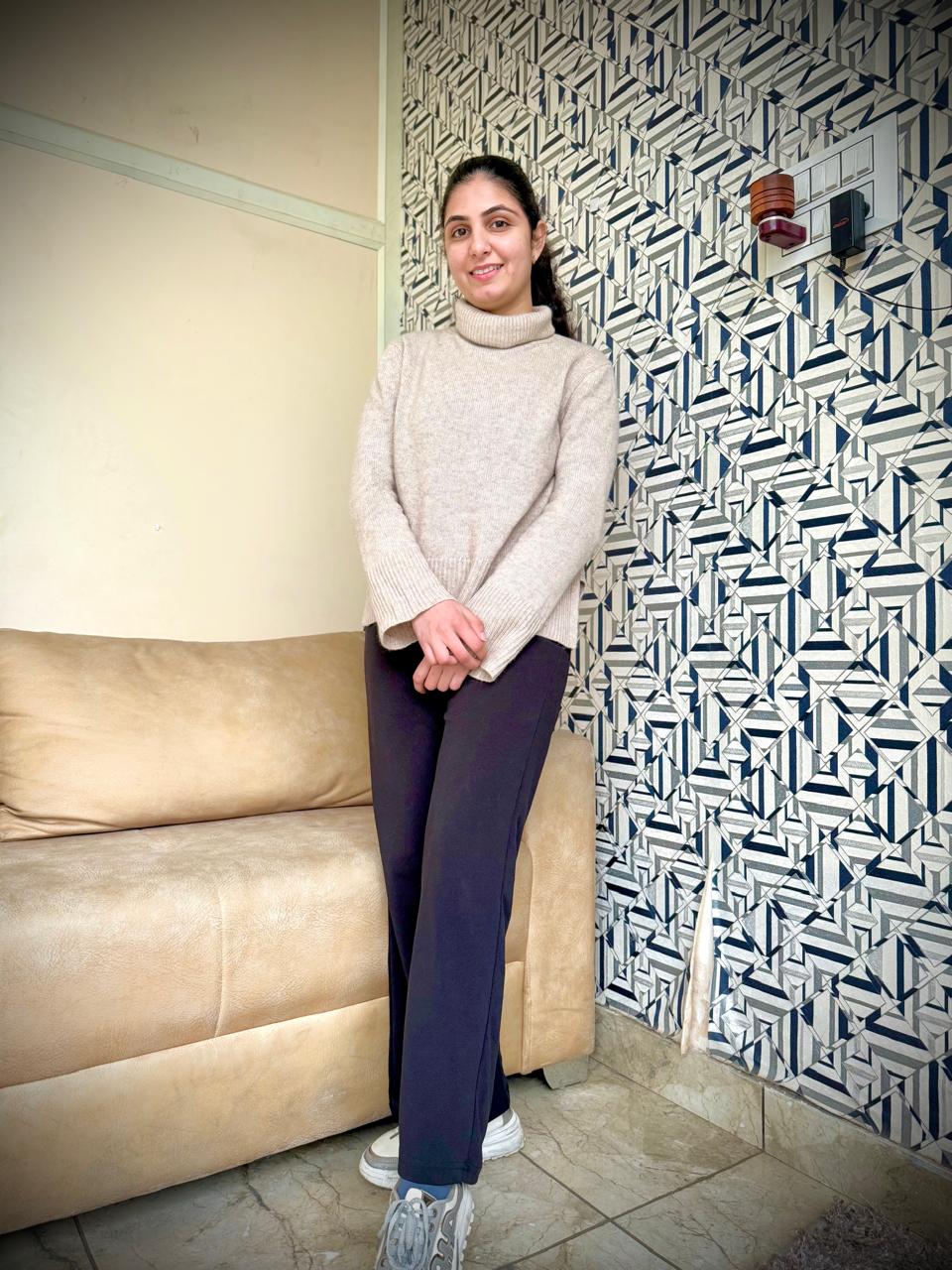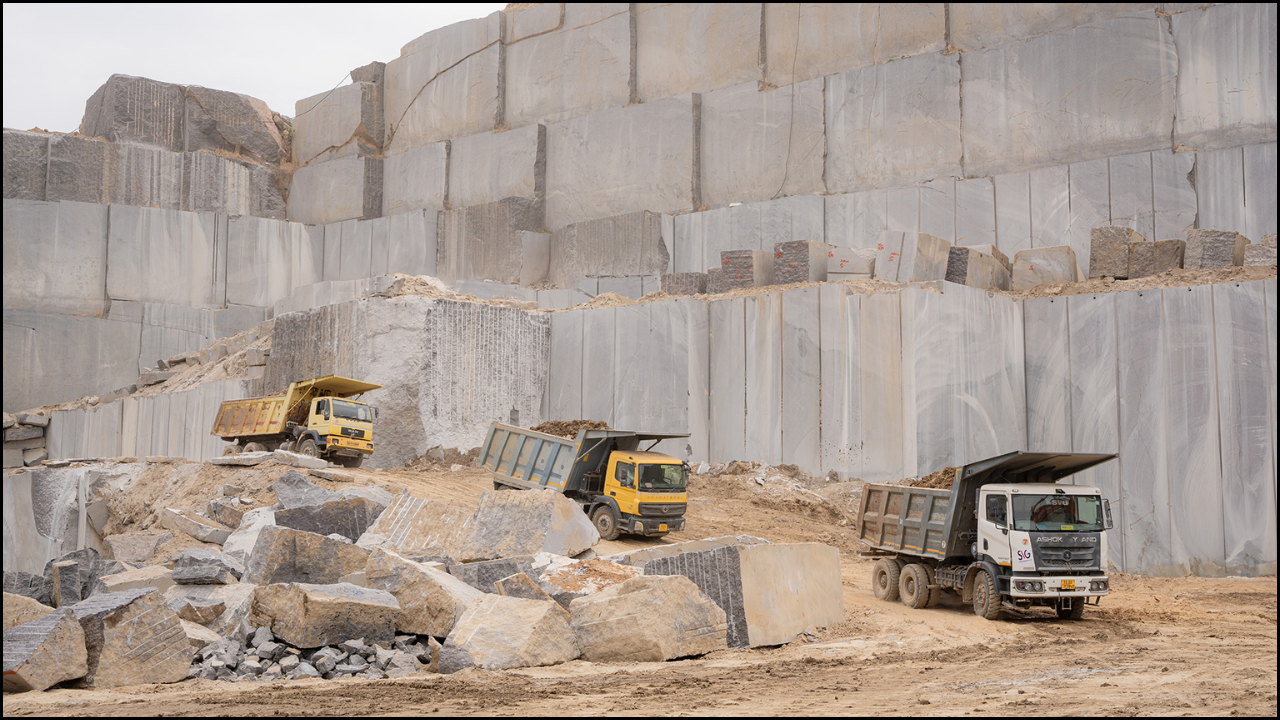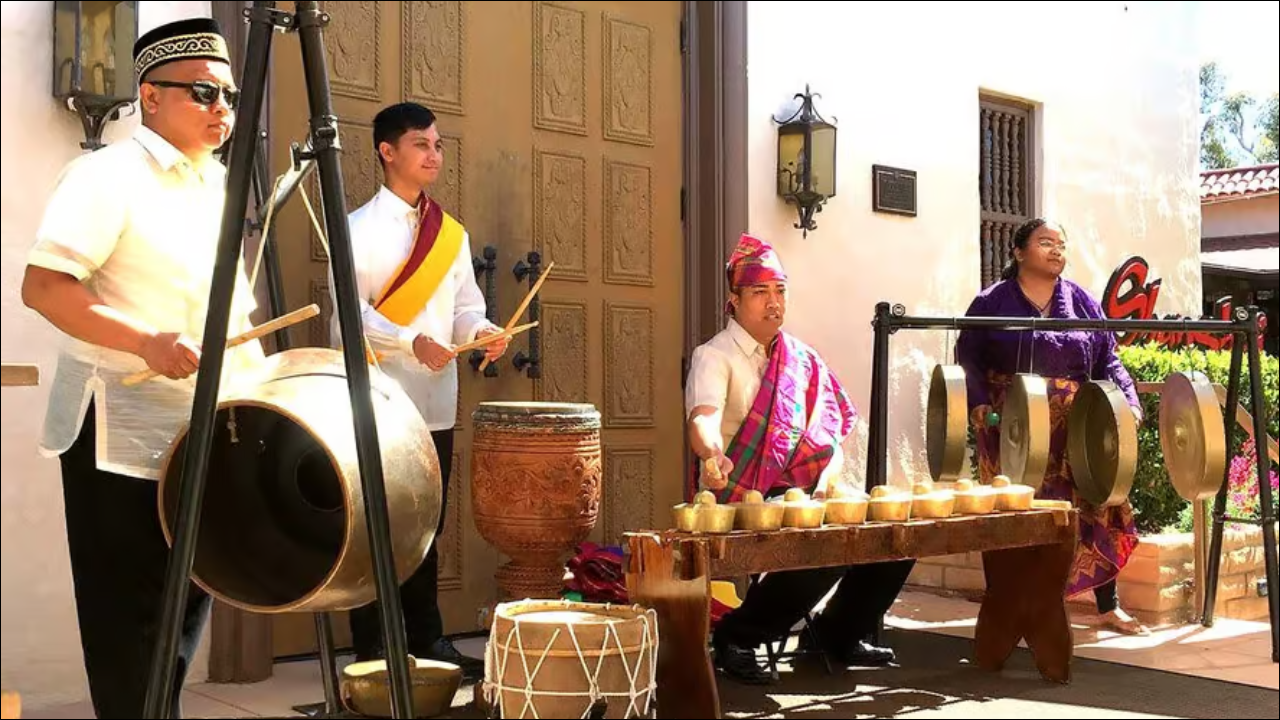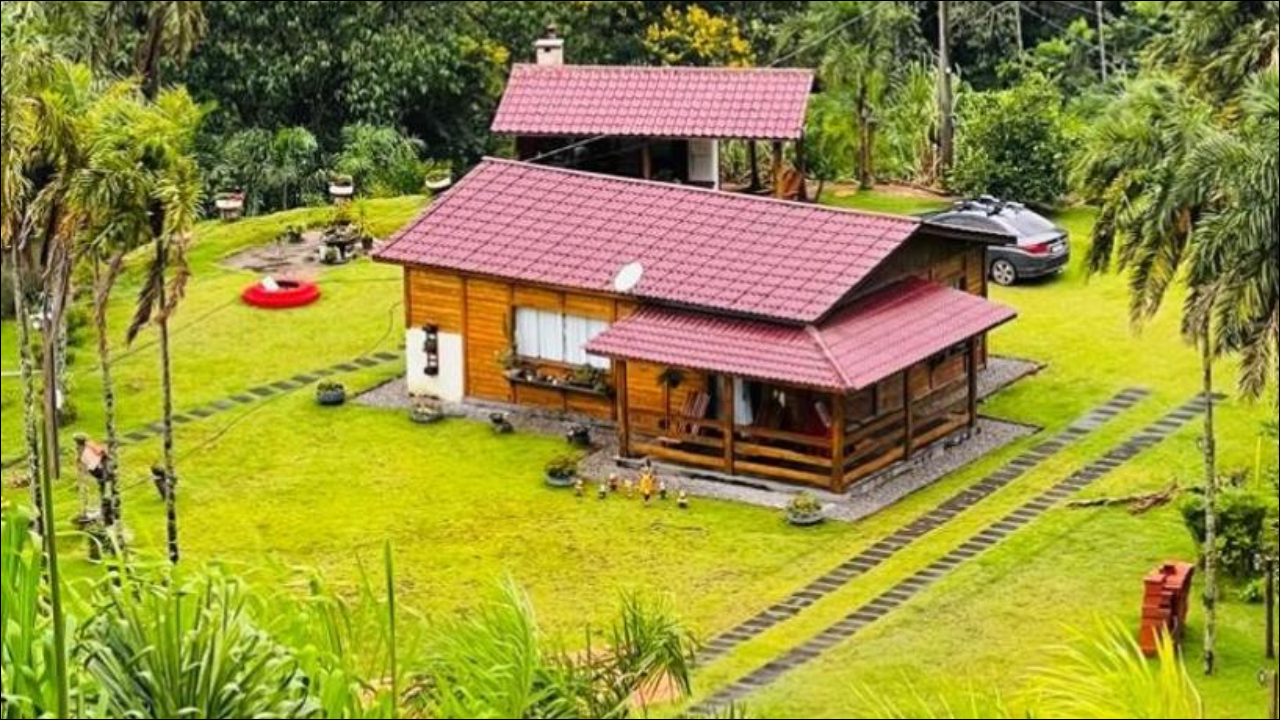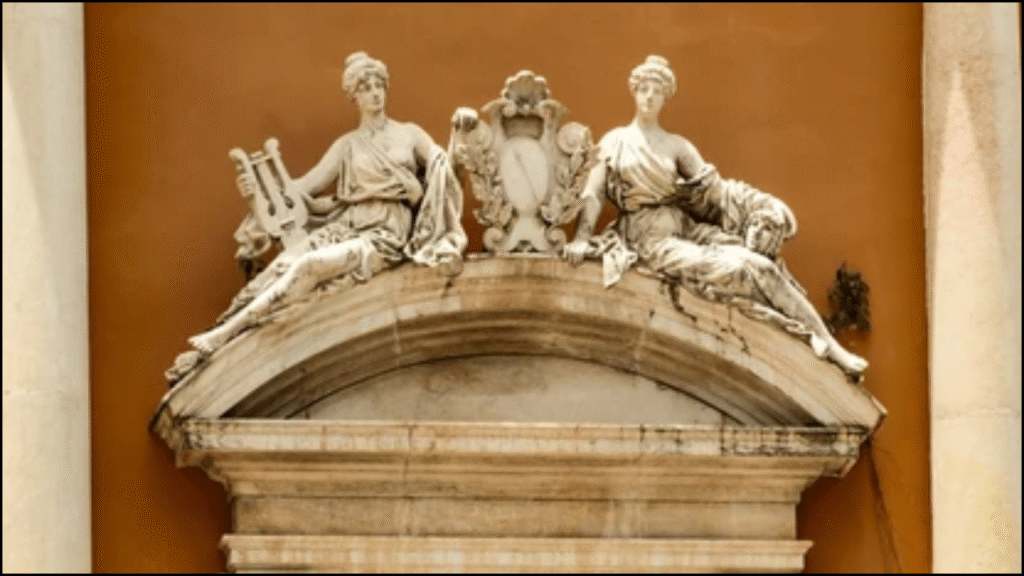
In the quiet corners of Cachoeiro de Itapemirim, Brazil, the rhythm of chisels against stone and the scent of polished wood tell stories older than any written record. Here, generations of artisans—stonecutters, marble polishers, and woodworkers—have preserved traditions that define the cultural heartbeat of the region. Their hands hold the knowledge of centuries, passed down through families who have made craftsmanship not just a livelihood, but a legacy.
Table of Contents
Echoes of Stone and Skill
For many in Cachoeiro, stoneworking is more than an occupation—it is an art form and a reflection of identity. The region’s marble and granite have long been prized for their quality, attracting artisans who learned their craft through observation, patience, and family guidance.
João Pereira, a 72-year-old stoneworker, recalls learning his trade from his father. “We didn’t have books or machines back then,” he says. “You learned by watching, by feeling the weight of the stone and listening to its sound as you shaped it.” His words reveal a deep connection between craft and intuition, something modern tools can hardly replace.
Over the years, new machinery has made cutting and polishing faster, but for artisans like João, the essence of the work lies in touch and precision—the slow, mindful rhythm that transforms raw stone into enduring beauty.
Marble Polishers: The Shine of Patience
The art of marble polishing, once done entirely by hand, still survives among a small group of dedicated craftsmen. Maria Fernandes, one of the few women in the trade, has spent over four decades perfecting her skill. “Each piece has its own character,” she explains. “You can’t rush it. The marble decides when it’s ready to shine.”
Her tools have changed over the years—from sand and cloth to modern polishing equipment—but her respect for the material remains constant. For her, the craft is not only about creating something beautiful but about preserving a dialogue with nature. “We give form to what the earth gives us,” she says softly. “It’s a partnership.”
Woodworkers: Keeping Tradition Alive in Every Grain
In the small workshops scattered across Cachoeiro’s neighborhoods, the scent of cedar and mahogany fills the air. Woodworking here remains a cherished tradition that ties together families and faith. Many artisans still carve religious icons, furniture, and decorative pieces using designs handed down for generations.
Antônio Silva, a master carpenter in his sixties, explains that his craft connects him to both his ancestors and his community. “My grandfather carved doors for churches. My father taught me how to carve figures of saints,” he says. “Each carving tells a story of who we are.”
While synthetic materials and factory-made furniture dominate the market today, Antônio’s workshop continues to thrive on custom orders from locals who value authenticity and tradition. For him, every finished piece is not merely a product—it is a continuation of history.
Adapting to a Changing World
Cachoeiro’s artisans have not been untouched by modern change. Younger generations are less inclined to take up traditional crafts, often seeking more stable or profitable work in other sectors. Still, some young apprentices, inspired by their elders, are returning to learn these ancient skills.
Local cultural organizations are now documenting the oral histories of these artisans to preserve their voices for future generations. Through storytelling, workshops, and exhibitions, the region is rediscovering its roots and recognizing traditional craftsmanship as a vital part of its intangible cultural heritage—a living expression of identity, creativity, and resilience.
Craft as Cultural Memory
For Cachoeiro’s artisans, their work is not simply about production—it is about memory, meaning, and pride. Each chisel mark, polished surface, or carved detail tells a story of endurance. Their crafts are threads in the larger fabric of Cachoeiro’s history, woven with skill, patience, and love for their community.
As João Pereira reflects, “When I work with stone, I feel my father beside me. The craft keeps our memories alive.” These words capture the essence of intangible heritage—the unseen bond between people, time, and tradition.
By listening to these voices from Cachoeiro, we are reminded that true artistry is not only about what is made, but about what is remembered, shared, and passed on.
FAQs
Q1: Why are traditional crafts in Cachoeiro considered intangible heritage?
They represent living traditions passed down through generations, preserving cultural identity and community values.
Q2: How are younger generations involved in these crafts today?
Some young people are learning from older artisans through workshops and cultural initiatives that aim to revive interest in traditional skills.
Q3: What challenges do artisans in Cachoeiro face?
They struggle with modern competition, lack of apprentices, and the need to adapt while preserving the authenticity of their craft.

